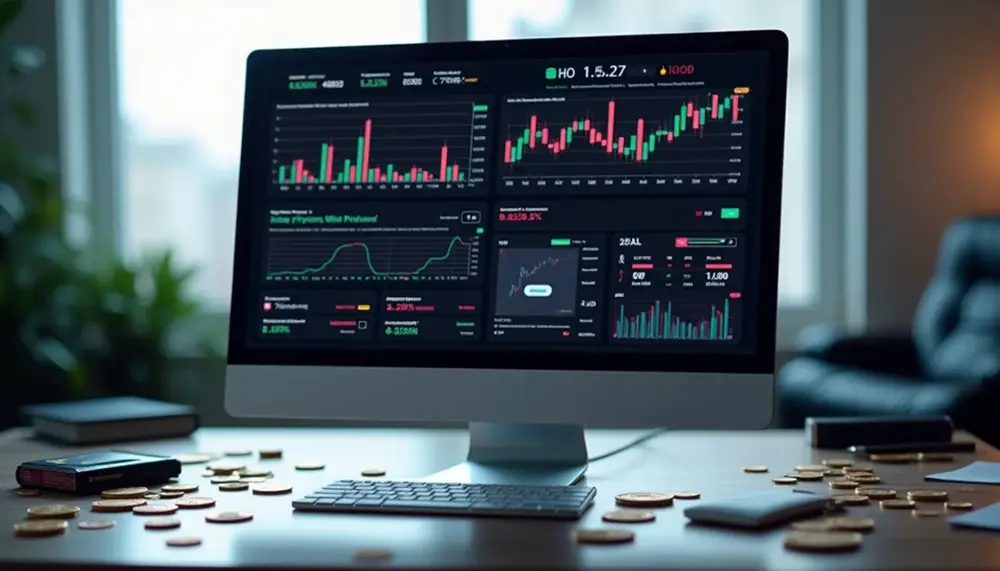What Is Low Latency Trading?
Low latency trading refers to the capability to execute **financial transactions** at extreme speeds. In the realm of trading on exchanges, particularly in cryptocurrency markets, reducing delay between the initiation and execution of a trade is crucial. This faster performance is achieved by enhancing technical infrastructures and closer physical proximity to the exchange's servers.
Importance of Low Latency in Crypto Trading
In crypto trading, markets move quickly. Prices can change within milliseconds, so having a low latency allows traders to execute buys and sells closer to the desired prices. This can lead to better profit margins and reduced risks of significant losses due to price slippage. Therefore, keeping latency low is a vital strategy for professional and high-frequency traders.
How Low Latency Trading Works
Low latency trading systems decrease delays by optimizing various factors. These include improving hardware speed, using more direct data pathways, and implementing efficient software algorithms. Also, placing trading systems physically near to an exchange's data center dramatically reduces travel time for data, enhancing execution speeds.
Benefits of Low Latency in All-in-One Platforms
Through all-in-one trading platforms, traders gain access to integrated tools that support multiple functions. If these platforms are engineered for low latency, they enhance your ability to trade efficiently across various financial instruments and markets. Faster analysis, decision-making, and trade execution allow for more timely and potentially profitable trading decisions.
Optimizing Your Setup for Low Latency
To optimize for low latency trading, you should consider upgrading hardware, choosing the right software, and selecting a trading platform that values technological advancements in speed. Understanding your network’s infrastructure and its proximity to major exchanges can also play a significant role in reducing latency.

